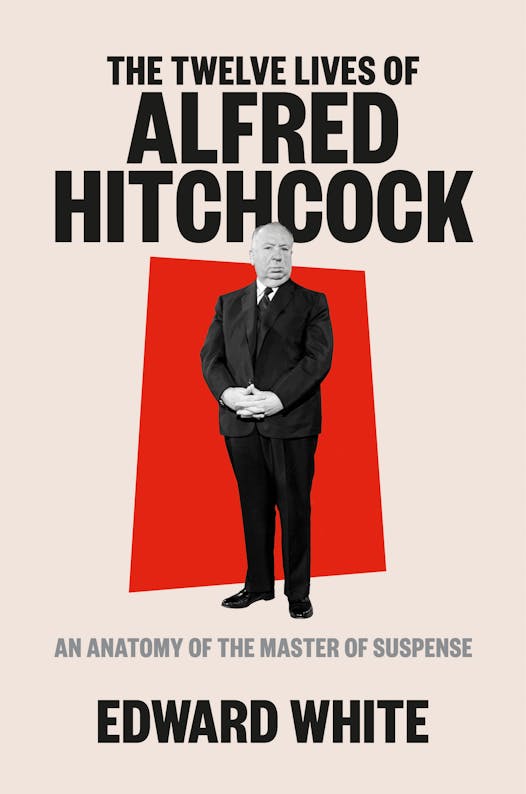The cubist approach to writing biographies is here to stay.
Like Craig Brown's breathtaking "Ninety-Nine Glimpses of Princess Margaret," "The Twelve Lives of Alfred Hitchcock" views its subject from various angles. Instead of a standard approach, both books (and Brown's "One, Two, Three, Four" about the Beatles) are assembled from non-chronological essays that, taken as a whole, create an understanding of a complicated subject.
Edward White divides the legendary director's life into 12 categories, including his Catholicism, childhood, weight and artistry. The approach can be confounding — early on, White refers to Hitch's formative 20s in Germany but doesn't get to why they were formative until the end — but when it works, it really works.
By far the most compelling of the chapters is "The Womanizer," which grapples with whether the mind behind "Vertigo" and "Psycho" was a total perv. White balances admirers (Grace Kelly and Ingrid Bergman loved him) with detractors such as Tippi Hedren. The actor's memoir, which described an abusive relationship with the director who discovered her, came out in 2016, just before the MeToo movement took hold.
One of the complications of examining Hitchcock's relationships with women is that he was ahead of his time in championing them, including wife Alma Reville, whom he usually (but not always) acknowledged as a creative partner. Also, Hitchcock died 40 years ago and much of what we'd identify as inappropriate behavior occurred when it wasn't yet acknowledged as such.
White allows for that, placing Hitch's awkward sex talk and worse in context, while also arguing that stars such as Eva Marie Saint ("North by Northwest") and Madeleine Carroll ("The 39 Steps") had cause for complaint, even if they didn't realize it at the time. Ingeniously, he likens Hitchcock to the Daniel Day Lewis character in "The Phantom Thread," a borderline sadistic fashion designer who, like the director, has a spouse named Alma and treats muses as "flesh-and-blood mannequins on whom to project their aesthetic ideas only tangentially connected to the person."
That comparison gets to the heart of something about the filmmaker who often referred to actors as cattle, but "The Lady's Man" is marred by White's suspicion of New Ulm native Hedren. As good as he is at differentiating between acceptable behavior across the decades, he doesn't seem to consider that Hedren's view of her relationship with Hitchcock may have changed over the years not because she made up stories but because she came to see her trauma differently. As a result, the theme of the chapter seems to be "Believe women, unless they're named Tippi Hedren."
White also occasionally falls into the trap of conflating Hitchcock's art with his life but, even there, he draws interesting parallels between the director's childhood traumas and violence depicted in his films, from "The Lodger" in 1927 to his penultimate "Frenzy" in 1972.
The book will mostly appeal to fans who know those movies but some chapters hint at subjects of broader interest: What, for instance, did the cinematic murderer of hundreds of people think happens when we die? Maybe there's enough material there for White to do something Hitchcock never did: a sequel?
Chris Hewitt is a Star Tribune writer and critic. • 612-673-4367
The Twelve Lives of Alfred Hitchcock
By: Edward White.
Publisher: W.W. Norton, 384 pages, $28.95.
Movie Review: A lyrical portrait of childhood in Cabrini-Green with 'We Grown Now'
Judge declines to dismiss lawsuits filed against rapper Travis Scott over deadly Astroworld concert

Summer Movie Guide: Virtually all the movies coming to theaters and streaming from May to Labor Day



